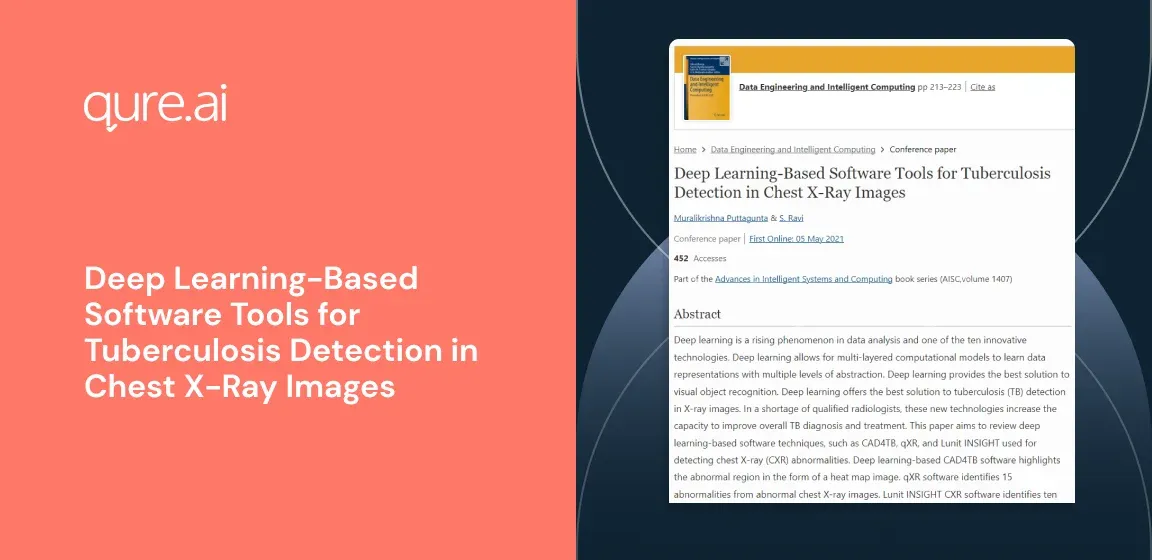Abstract

Back
Deep learning is a rising phenomenon in data analysis and one of the ten innovative technologies. Deep learning allows for multi-layered computational models to learn data representations with multiple levels of abstraction. Deep learning provides the best solution to visual object recognition. Deep learning offers the best solution to tuberculosis (TB) detection in X-ray images. In a shortage of qualified radiologists, these new technologies increase the capacity to improve overall TB diagnosis and treatment. This paper aims to review deep learning-based software techniques, such as CAD4TB, qXR, and Lunit INSIGHT used for detecting chest X-ray (CXR) abnormalities. Deep learning-based CAD4TB software highlights the abnormal region in the form of a heat map image. qXR software identifies 15 abnormalities from abnormal chest X-ray images. Lunit INSIGHT CXR software identifies ten abnormalities from chest radiography. The human observer must validate deep learning-based computer-aided detection (CAD) systems used in real diagnosis service. The accuracy of CAD software is analysed by using the receiver operating characteristic (ROC) curve. Deep learning-based systems in medicine must meet ethical values and validate the results.